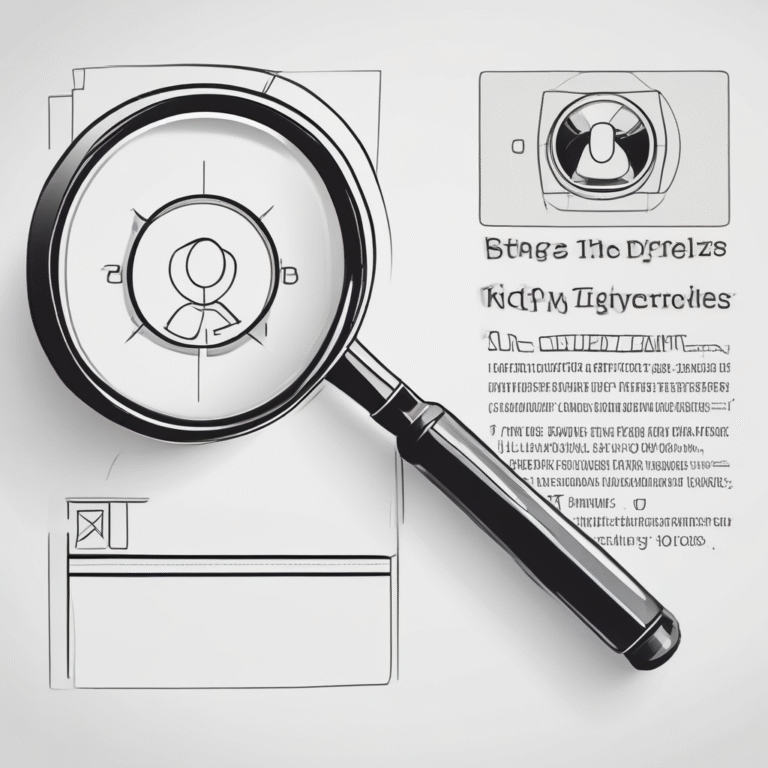The EU AI Act: Current Developments and Challenges
The EU AI Act stands at a crucial juncture as it faces significant pressures from various stakeholders. Despite calls for delays and modifications, the European Commission remains steadfast in its timeline for implementing this landmark legislation.
Legislative Process
EU maintains AI Act timeline despite pressure: The European Commission has explicitly rejected requests from certain companies and member states to postpone the implementation of the AI Act. Commission spokesperson Thomas Regnier emphasized that there would be “no stop the clock,” “no grace period,” and “no pause” in response to these demands. The regulatory timeline remains intact, with provisions that began in February, obligations for general-purpose AI models commencing in August, and high-risk AI requirements set to take effect in August 2026. In acknowledgment of industry concerns, the Commission plans to propose simplification measures later this year, particularly aimed at reducing reporting obligations for smaller companies.
EU refuses to negotiate tech rules in Trump trade talks: The EU’s tech chief, Henna Virkkunen, has firmly stated that major technology regulations, including the Digital Services Act, Digital Markets Act, and AI Act, are non-negotiable in trade discussions with the United States. This stance comes amid strong opposition from the Trump administration and U.S. tech executives, who argue that these regulations may impose unfair burdens on American companies.
Swedish PM calls for AI Act pause: In a notable turn of events, Swedish Prime Minister Ulf Kristersson publicly advocated for delaying the AI Act, labeling the regulations as “confusing.” His remarks highlight a growing sentiment among some EU leaders who are concerned that the implementation of the Act could hinder technological advancements within Europe.
Corporate Responses and Industry Pressure
Europe’s top CEOs ask EU to pause AI Act: A collective of 46 CEOs from Europe’s largest corporations has signed an open letter urging the EU to impose a two-year “clock-stop” on the AI Act. These business leaders argue that the current regulatory landscape is “unclear, overlapping, and increasingly complex,” which disrupts their ability to operate effectively within Europe.
US pressure complicates EU AI regulation efforts: The recent visit of U.S. Vice-President JD Vance underscored the American opposition to the EU’s AI Act. Concerns have been raised that excessive regulation could stifle innovation. The Act emphasizes a voluntary code of practice for general-purpose AI models, but finalizing this code has become contentious due to external pressures.
The Importance of Staying the Course
Why the EU must stay the course on AI regulation: Some analysts argue that considering a pause on the AI Act reflects a lack of resolve at a time when Europe should be demonstrating leadership in technology regulation. They advocate for a values-based digital strategy, emphasizing that abandoning the AI Act would be detrimental to Europe’s long-term interests.
To navigate these challenges effectively, the authors of a recent op-ed suggest three bold steps: unify support for small and medium enterprises (SMEs), rethink the decentralized enforcement of the Act, and implement a comprehensive “Digital Industrial Strategy” that prioritizes sovereign digital infrastructure.
As the EU navigates this complex landscape, the outcome of the AI Act will likely shape the future of artificial intelligence governance not only in Europe but worldwide.










